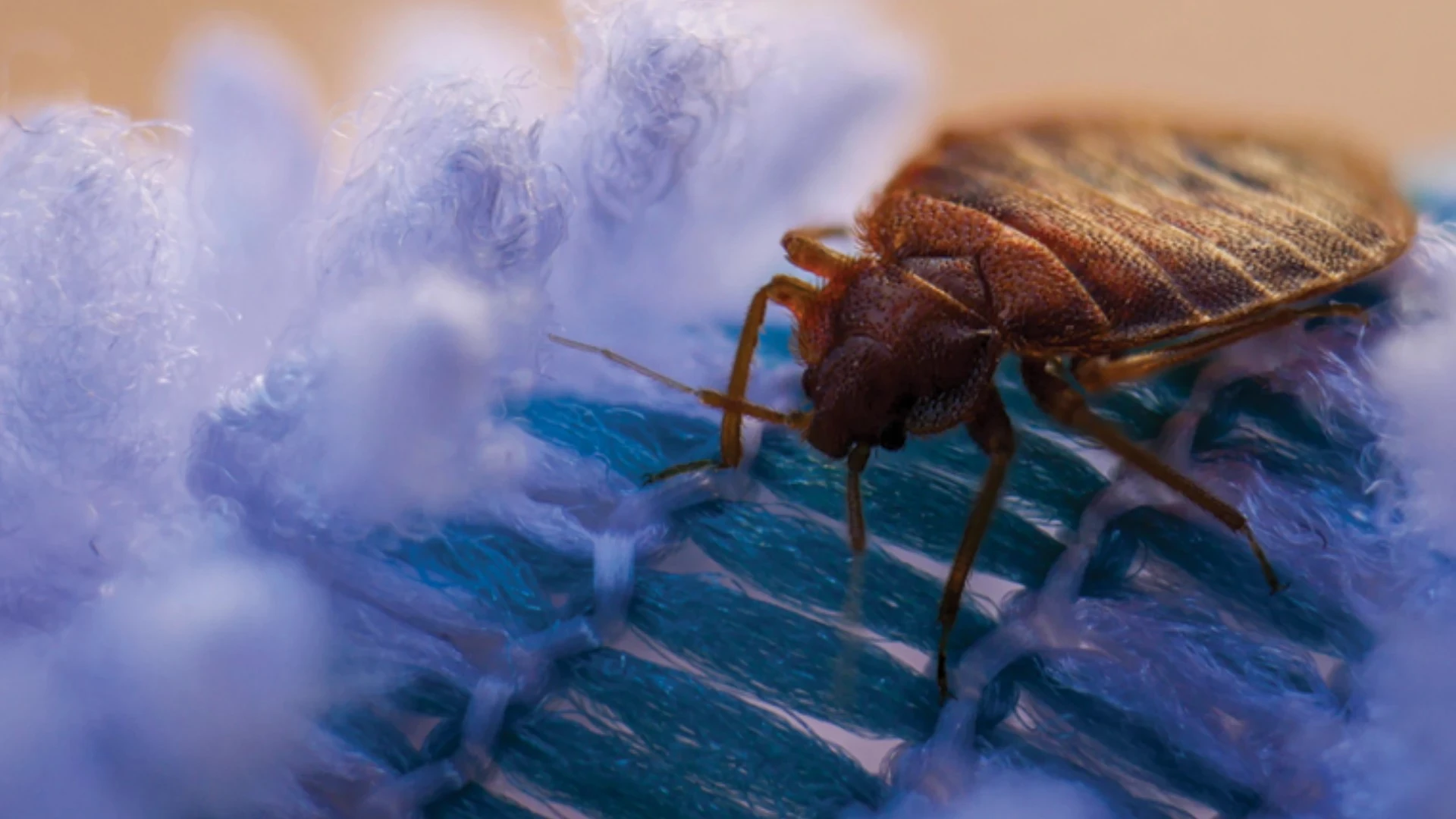Termites are known as a house-eating pest, but they’re equally famous as a classic problem to Charles Darwin’s theory of natural se-lection.
Because most termites are workers that stay in their parents’ colony their entire life and never reproduce, they contradicted Darwin’s "survival of the fittest" principle, which favors the traits that lead to reproductive success.
This was a big problem for Darwin and for evolution, explained Dr. Barbara Thorne, professor of entomology at the University of Maryland, whose recent "Accelerated Inheritance" study helped unravel this evolutionary mystery.
Worker termites, she found, were just waiting for the right time to seize the throne.
Thorne and colleagues studied dampwood termites (Zootermopsis nevadensis), a primitive species that stays confined to the wood it infests. They are the closest, living species sharing social, developmental and habitat characteristics with ancient ancestors.
Research found when neighboring, unrelated colonies met under bark, a battle ensued where kings and queens of one or both colonies were assassinated and cannibalized. The two colonies then joined forces, cooperating to form a larger colony, with new reproductives emerging from the worker ranks.
Sticking with the colony and working well with non-relatives improved a termite’s opportunity to inherit the "reproductive throne." This offered far greater success than the alternative: leave the colony, find a mate and reproduce fertile offspring without the support of an established colony.
Thorne and her colleagues staged meetings between dampwood termite colonies, similar to those that occur in the wild, and then analyzed genetic markers of termites in the new, combined termite colony.
Although the findings don’t have direct implications for PMPs — Thorne and colleagues deciphered what happened 140 million years ago — "on the basic biology side, this is a cool discovery," she said.
The study was published in the prestigious Proceedings of the National Academy of Sciences and was featured in the October issue of Nature, a leading international science journal.
Thorne works on diverse biological questions with numerous termite species, which helps her "see things in a different perspective" when it comes to applied research. She’s explored foraging biology, colony growth and demographics, king and queen life expectancy, and genetics of individual colonies and species.
The author is a frequent contributor to PCT magazine. She can be reached at anagro@giemedia.com.

Explore the March 2010 Issue
Check out more from this issue and find your next story to read.
Latest from Pest Control Technology
- Rentokil Terminix Expanded in Key Markets with 2024 Acquisitions
- In Memoriam: Joe Cavender
- Certus Acquires Green Wave Pest Solutions
- Liphatech Adds Alex Blahnik to Technical Team
- Do the Right Sting: Stinging Insect Identification, Management, and Safety
- VAGA's 8th Annual Veterans Thanksgiving Appreciation Dinner
- Clark's Blair Smith on the Response to Increased Dengue Fever Cases in Southern California
- WSDA, USDA Announce Eradication of Northern Giant Hornet from U.S.





